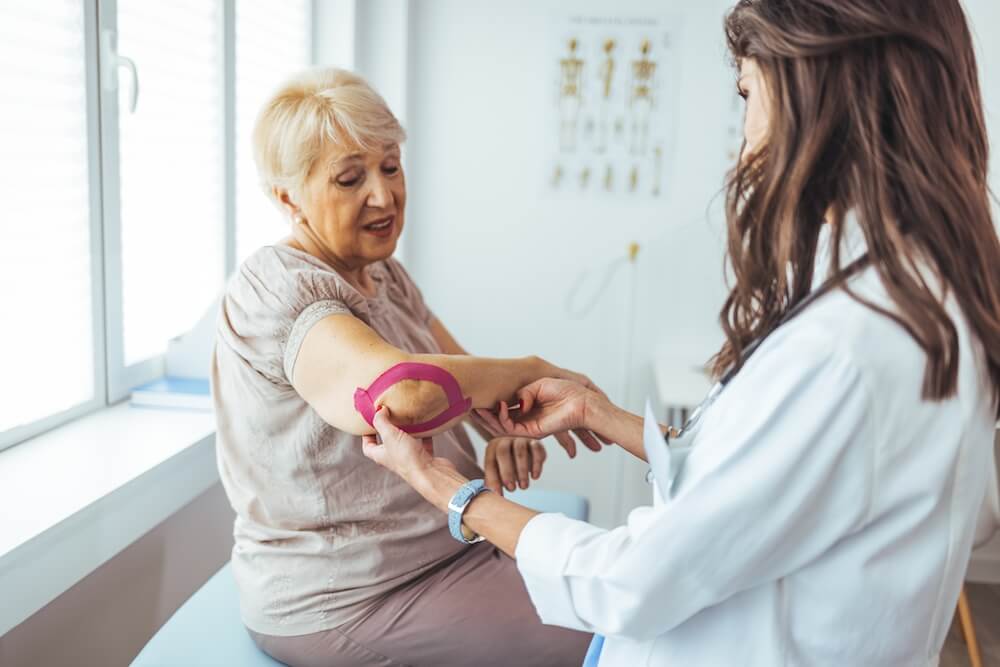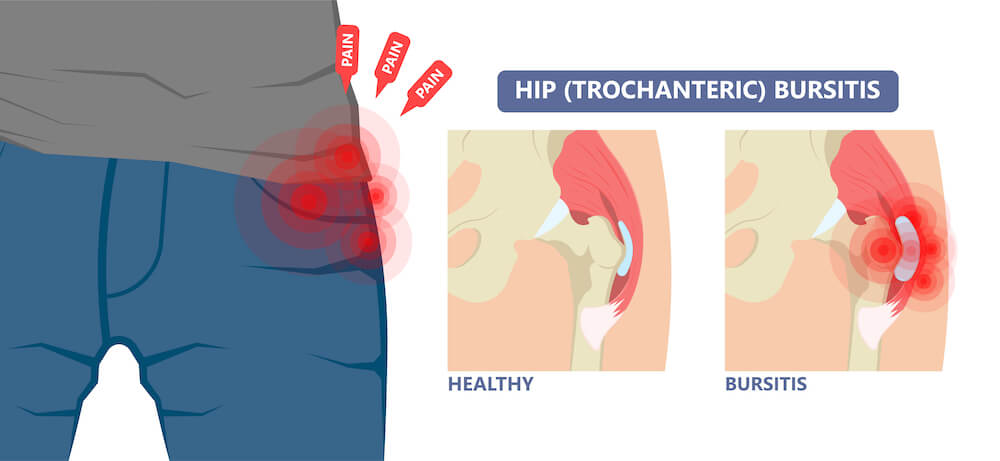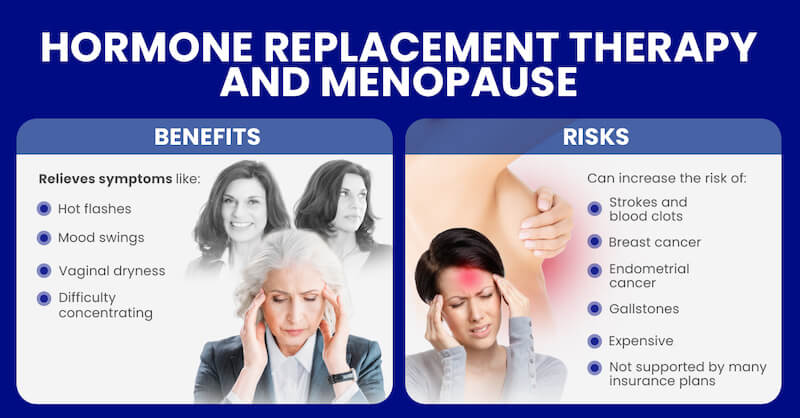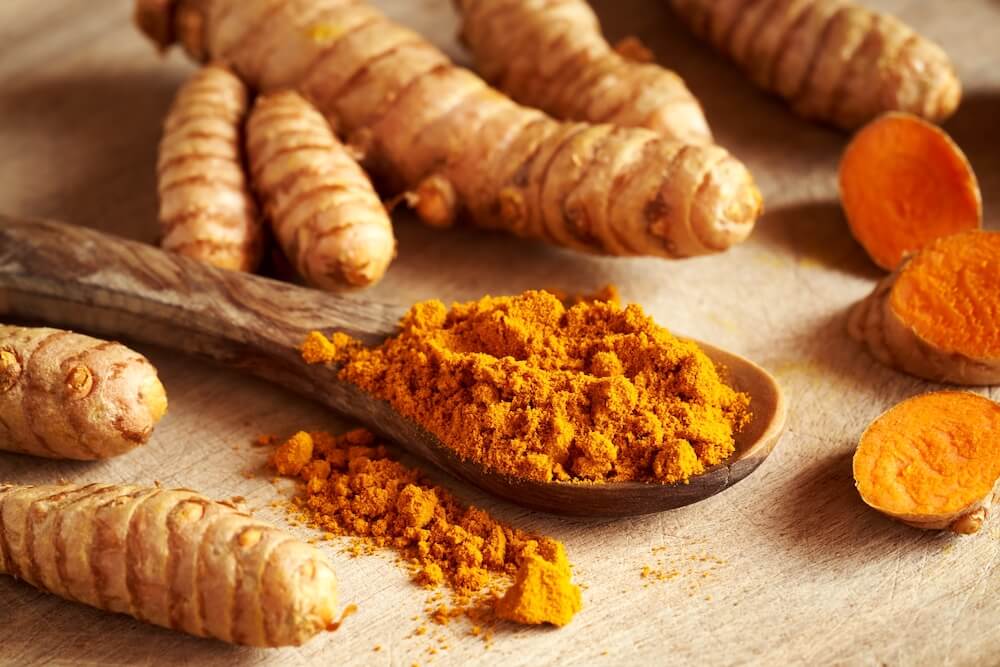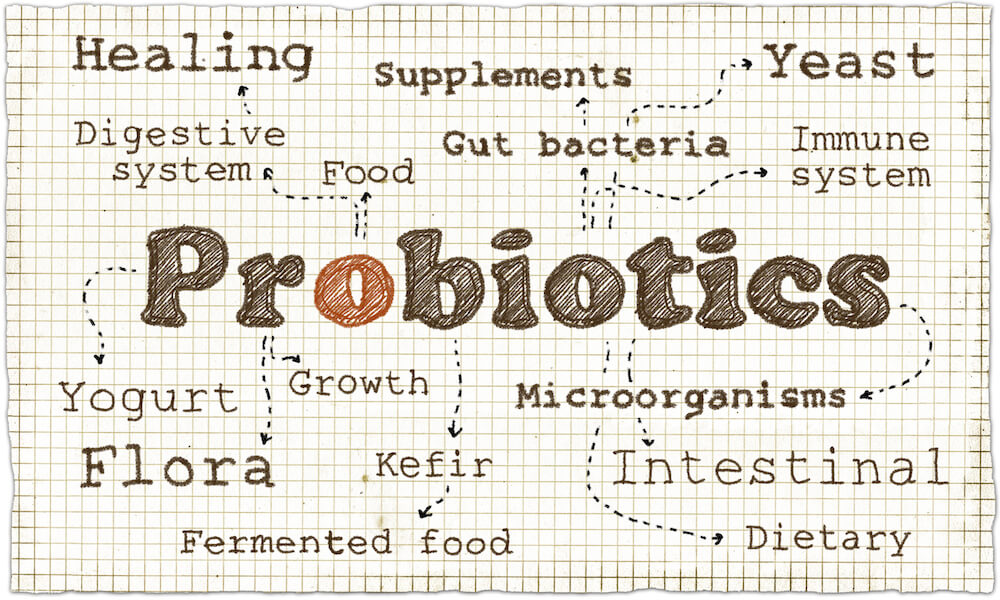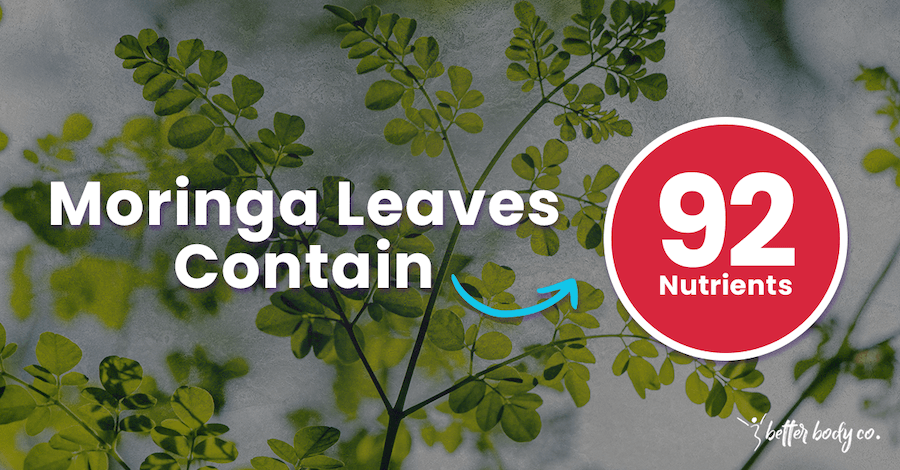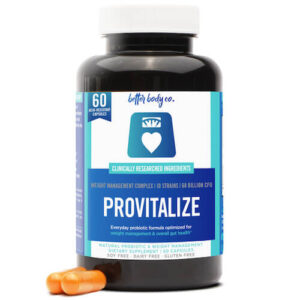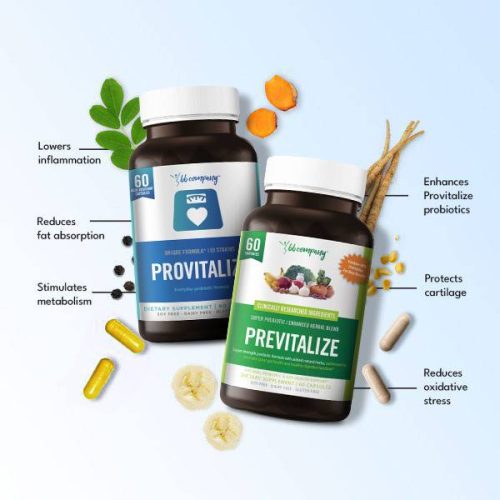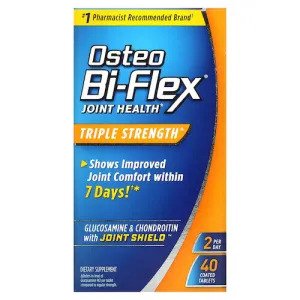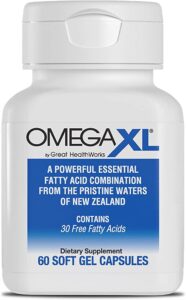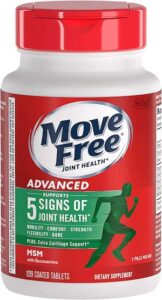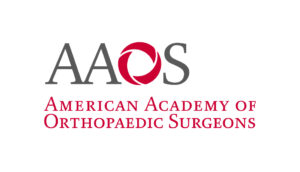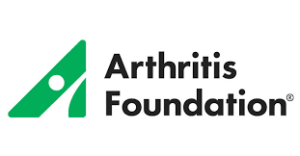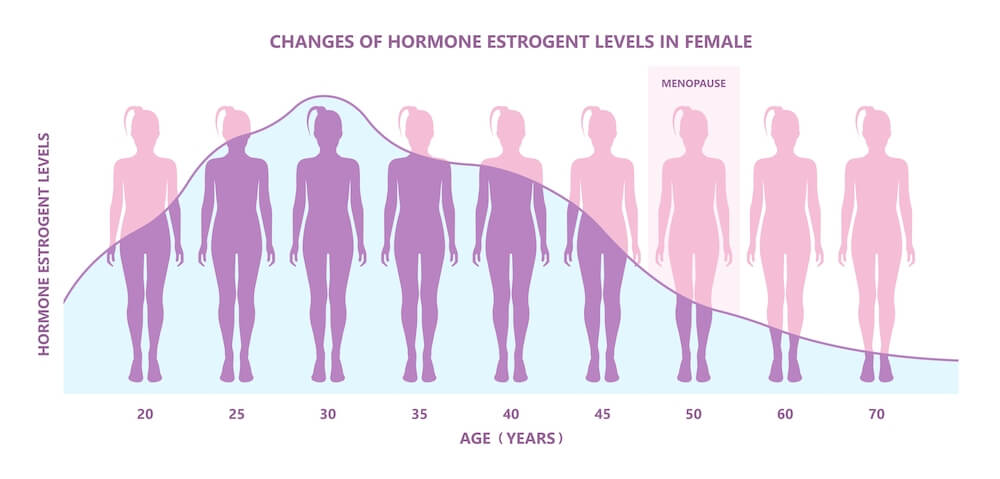
Between 40-50, most women enter the early stages of menopause – otherwise known as perimenopause.
During this period, we experience “the change” on the inside. Our estrogen levels decline and this is usually the period when women start experience stiffness in the morning, especially in the toes and fingers.
Estrogen plays a protective role in our joints and bones. Its anti-inflammatory properties prevent our joints from getting attacked by inflammatory processes and keeps them in top shape.
The next stage is menopause.
Most women experience menopause between the age of 50-54, but some women may experience this sooner or later than others.
The American Bone Society estimates that women lose one-quarter of their bone mass during the first five years in menopause.1
Yes, it’s 25%! You didn’t read it wrongly.
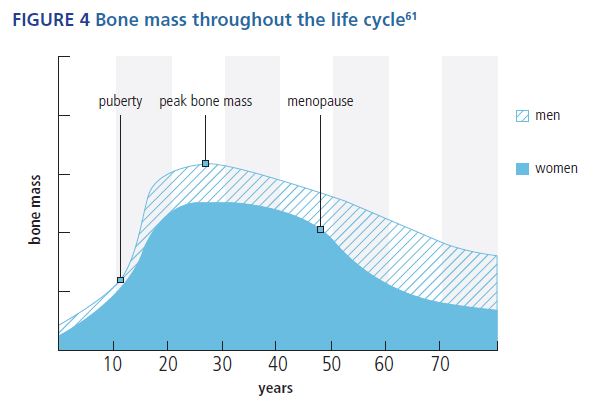
Imagine having to support the same body but with 25% less of your bones. It’s no wonder our joints become less stable and we experience more pains in the body.
But the real problems usually don’t emerge until postmenopause. Because our bones and joints take time to “wear down”, we usually start experiencing and getting diagnosed with osteoporosis and osteoarthritis after menopause.
This is the reason why early prevention is key. If we can take action to preserve our joint and bone functions early through better lifestyle choices, we stand a decent chance of keeping our joints and bones in great shape until our 70’s.


